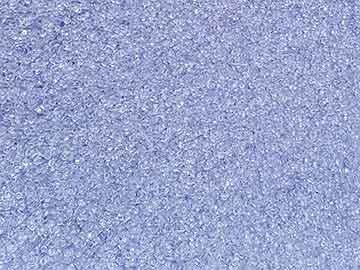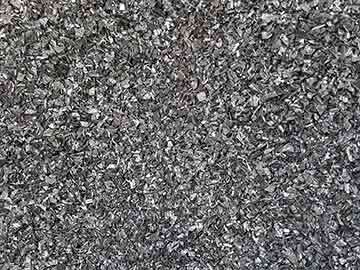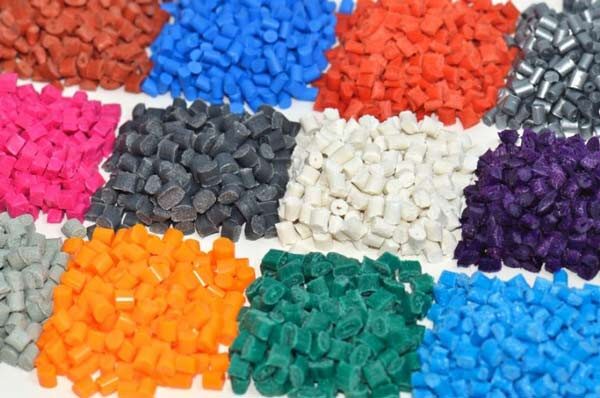THERMOPLASTIC MATERIALS
Selecting the correct material is an important process which will ultimately affect how your product functions in its application. We work with leading material suppliers to ensure your product is made of superior quality.
The following chart provides advantages, disadvantages, and popular applications for some of the materials that Formtech extrudes. It is not a complete list of materials. Additives may be used to meet your specific needs. We offer:
- Clear extrusions - Use rigid PVC, flexible PVC, acrylic, butyrate, or polycarbonate materials.
- A clear portion of the profile can be combined with a colored portion of a profile.
- Clear material can be tinted to achieve a slight tint or translucent appearance. Tinting can also help reduce glare.
- Clear extrusions can be used for light transmission. Light transmission values vary with the type of plastic, and there are even grades within a plastic material family that have different values. Generally, polycarbonate or acrylic compounds are chosen when high light transmission qualities are needed. Polycarbonate grades typically vary from 86-90% light transmission, while some acrylic compounds can achieve values as high as 92%.
- Recycled materials - For many extrusions, recycled plastic materials can be processed efficiently and provide a lower cost option to virgin materials. However, they are not recommended for products requiring tight tolerances or a highly consistent appearance.
- Wood Plastic Composite - Combines the properties of thermoplastic material with the properties of wood. This results in a material that has a lower coefficient of thermal expansion, a higher heat deflection temperature, and a higher modulus of elasticity than the base thermoplastic in the compound. In addition, WPC profiles can be embossed and/or extruded with other materials (including capstocks) to provide additional functional and/or aesthetic advantages. More information
- Custom Material Formulations - Add impact modifiers, antimicrobial, UV stabilizers, anti-static modifiers, and more.
- Color - Color matching to PMS, color chip, mating part or another product; tinting clear compounds,



ABS
Acrylonitrile butadiene styrene
Popular Applications:
Electrical applications
ACRYLIC
Polymethyl methacrylate
Popular Applications:
Lenses
ASA
Acrylonitrile stryrene acrylate
Popular Applications:
Capstock for outdoor applications
DISADVANTAGES:
- Cost
- Not resistant to harsh acids
Butyrate
Butyrate
Popular Applications:
Retail store displays
Cold temperature exposure
WPC
Wood plastic composite
Popular Applications:
Window and door components
Garage door components
PC
Polycarbonate
Popular Applications:
Electrical components
“Green” applications
HDPE
High density polyethylene
Popular Applications:
Milk jugs (not extruded)
Packaging
MDPE
Medium density polyethylene
Popular Applications:
Packaging
LDPE
Low density polyethylene
Popular Applications:
Packaging, Specialty tubing
LLDPE
Linear low density polyethylene
Popular Applications:
Packaging, Specialty tubing
PP
Polypropylene
Popular Applications:
Water Bottles (not extruded)
Living Hinges
PS
Polystyrene
Popular Applications:
Packaging, Retail tags that may come in contact with food
Flexible PVC
Polyvinyl chloride with plasticizers
Popular Applications:
Seals, i.e. garage door bottom seals (astragal), refrigeration seals
Rigid PVC
Polyvinyl chloride in a hardened form
Popular Applications: Window and door components, Various office furniture components, Bumpers, Vinyl Siding
TPR
Thermoplastic rubber
Popular Applications:
Weatherstrips, seals
